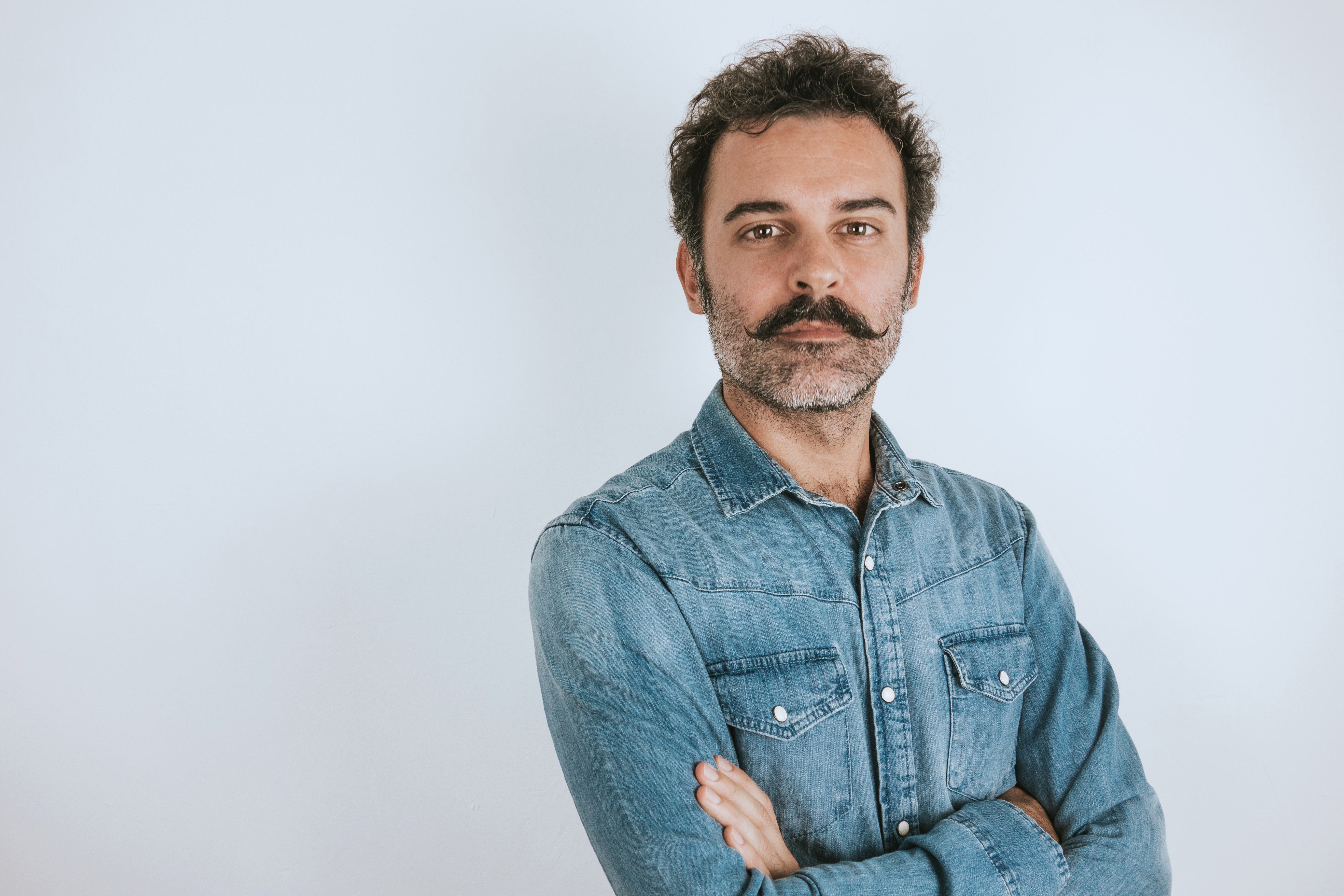We all know the story of Goldilocks and the three bears. Goldilocks lets herself into the home of the three bears and tries out the porridge, chairs and beds. Some are too hard, hot and large, whilst some are too soft, cold and small – though in the middle there is a sweet spot for each. A sweet spot that was ‘just right’ for Goldilocks. Could this childhood fairy tale have a hidden lesson for us about contemporary workplace health and ergonomics?
Organisations and employees around the world face several challenges related to workplace and occupational health, such as a substantial prevalence of musculoskeletal disorders, social inequality in health and physical capacity, multi-morbidity, an obesity epidemic and an ageing workforce. This is in spite of preventative workplace health efforts and ergonomic programs. The underlying issue is that in the field of occupational health programs are often designed to ‘do no harm’ rather than optimise health. The physiological benefits of exercise and physical loading for the body are well known, and are championed by those who play sports and work out, so why have we worked so hard to remove occupational loading?
In recent times, publications have put forward a ‘Goldilocks Principle’. This ‘Goldilocks Principle’ suggests that physical work can be designed to be ‘just right’, resulting in an effect that will promote health and positively impact upon physical capacity. This principle resonates strongly with the proactive approach taken by Employ Health and our partners.
Let’s explore the Goldilocks fairy tale a little further, this time in the context of workplace health.
Certain jobs may:- Present elements of Hazardous Manual Tasks such as High Force, Sudden Force, Awkwardness and Excessive Vibration
- Require extensive Very Heavy loads to be manually handled by a person
- Not offer Rotation for repetitive, low muscle loading manual work
If Goldilocks were placed in one of these jobs in a workplace health fairy tale, it’s likely she’d be injured.
In a bid to prevent workers from sustaining an injury when completing manual work, we now see jobs which are:- Light
- Sedentary
- Placing negligible musculoskeletal load and cardiometabolic demand on the body
If Goldilocks were placed in one of these jobs, it’s likely her health and physical capacity would be negatively affected.
So, in the workplace health fairy tale, how do we design work that's ‘just right’?
Step 1: Assess the Current Work Situation and Potential for Change
Step 2: Assess the Current Worker Status and Potential for Change
Step 3: Specify your Workplace’s Goal
Step 4: Reorganise or Modify Current Work Tasks According to the Goldilocks Principle to Meet Your Goal
At Employ Health we are working with businesses all over Australia to move beyond zero and see the health of workers positively impacted through their work.

We are actively championing the Goldilocks principle and it’s been fantastic to read about this approach gaining momentum worldwide. If you’d like more information on how your workplace can optimise the long-term health of your human capital by applying the Goldilocks principle please reach out to a member of the Employ Health team.
References:
- Holtermann, A., Mathiassen., S.E., & Straker., L. Promoting health and physical capacity during productive work: the Goldilocks Principle. Scandinavian Journal of Work, Environment and Health. 2019; 45(1): 90-97.
- Straker, L., Mathiassen., S.E., & Holtermann, A. The ‘Goldilocks Principle’: designing physical activity at work to be ‘just right’ for promoting health. British Journal of Sports Medicine. 2018; 52: 818-819.














